Gluten, Zea and the ancient Greeks.
Celiac disease and other forms of gluten intolerance are considered to be one of the major hidden epicemics in modern society. Research conducted by Dr. Alessio Fasano, medical director of the University of Maryland’s Center for Celiac Research, and Dr. Peter Green, director of the Celiac Disease Center (1) indicates that between 5% and 10% of many populations may suffer from a gluten sensitivity of some form.
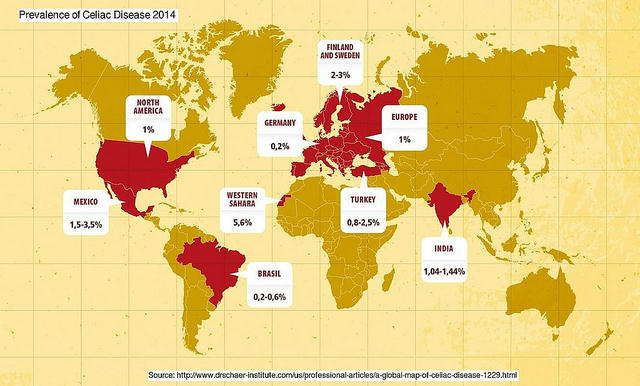
A common, but not the only condition associated with gluten intolerance is 'Celiac Disease', which is again responsible for a whole array of health problems. According to numerous studies at various respected universities around the world, „more than one of every ten individuals with celiac disease (more than 10%) may develop Arthritis, Ataxia, Irritable Bowel Syndrome, Lactose Intolerance, Liver Disease, Non-Hodgkins Lymphoma, Peripheral Neuropathy, Obesity, Osteomalacia, Thyroid and Pancreatic Disorders, Type I Diabetes, Anemia, Dermatitis, Migraines, and/or Osteoporosis and people with untreated celiac disease have an increased risk of developing some form of gastrointestinal cancer (some studies suggest they are more than 50 times likely to develop a GI cancer). (2)
But what is Gluten? In the simplest terms, gluten is a protein composite, meaning it is a substance made up of several different proteins. It is found in wheat and related grains of the triticeae family of grassy grains or cereal grains. These include barley, bulgur wheat, durum, einkorn, farro, graham, kamut, rye, semolina, spelt, triticale and wheat. When you try to avoid it, you find that it has an important role in food preparation: In all baking, it is needed as a 'glue' that keeps your bread, cookies or whatever from falling into crumbs. And gluten-free pasta also seem to be softer, nearly dissolving in the water in which you cook them.

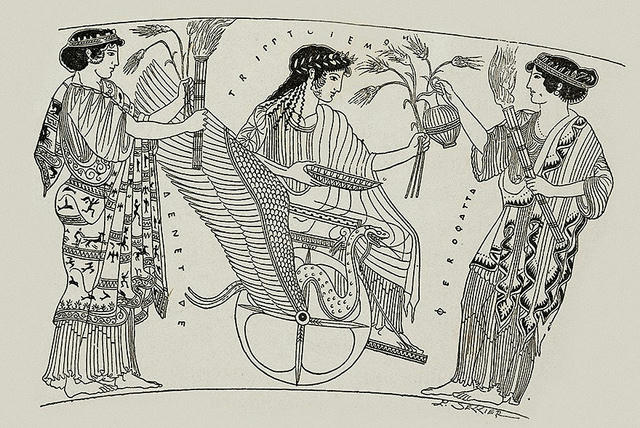
Zea is highly nutritious and contains important nutrients, which make it superior to other cereals: Zea is two times richer in dietary fibre than wheat, a fact that makes it a good choice for people suffering from diabetes. It is also twice as in protein than wheat and it features a high content of the amino acid lysine as well as the vitamins A, B, C and E. Lysine is that particular component of proteins that increases their digestibility, boosts the immune system and is a key element for the brain’s biochemical functioning. Another advantage of Zea is its high content in magnesium, up to 40% higher in comparison with other cereals. And, of course Zea is very low in gluten, which makes it an important alternative for wheat if you have to or want to follow a a gluten free diet.
But since the 1980ies Zea is having a strong comeback in Greece. This seems to have been started primarily by two farmers, Damianos Pachopoulos in Pieria (northern Greece) and Antonopoulos Farm in Larissa (central Greece). Antonopoulos Farm has been involved in the organic farming of local cereal varieties since 1985. They claim their family had kept old zea seeds predating 1928, and the company has had a significant impact in promoting and protecting the quality of zea.
So: Yes, Greece has a very valuable contribution it can make towards the health of modern day diets, for celiac patients, gluten intolerance patients and just people who are looking for a healthier grain.
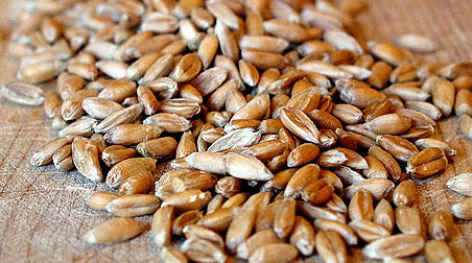
And the good news is, that at least some Zea products can be obtained even in the Mani. At Kathrina’s Supermarket in Stoupa they sell Zea flour, at least at two bakeries in Kalamata delicious Zea bread is available and another bakery has Zea Kritsinia.
Hopefully more is coming, to help us be as clever as the ancient Greeks.
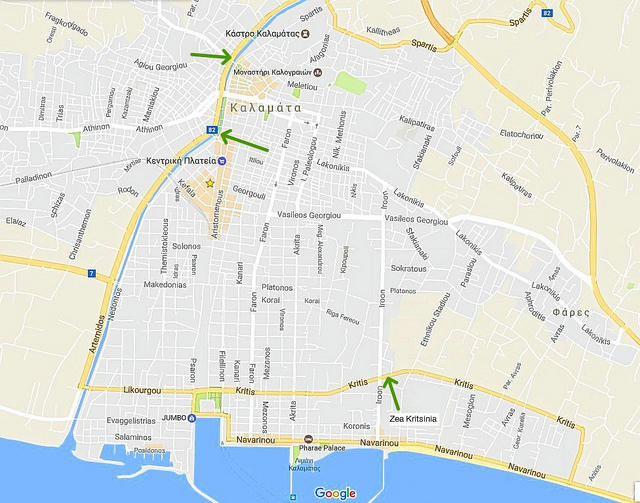
(1) Celiac Disease (Revised and Updated Edition): A Hidden Epidemic, 2010, byPeter H.R., M.D. Green &Rory Jones
(2) Gluten intolerance School
(3) Greek Reporter
(4) Georgia Nakou
JvK/25-04-17
















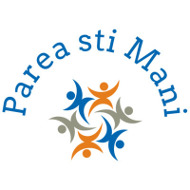 Together in the Mani
Together in the Mani